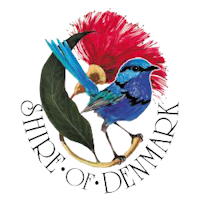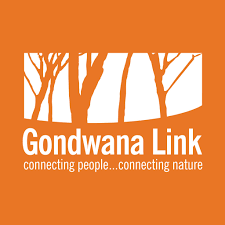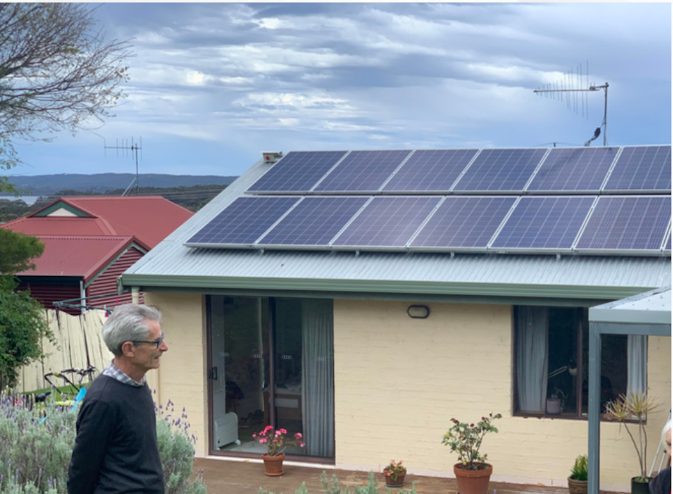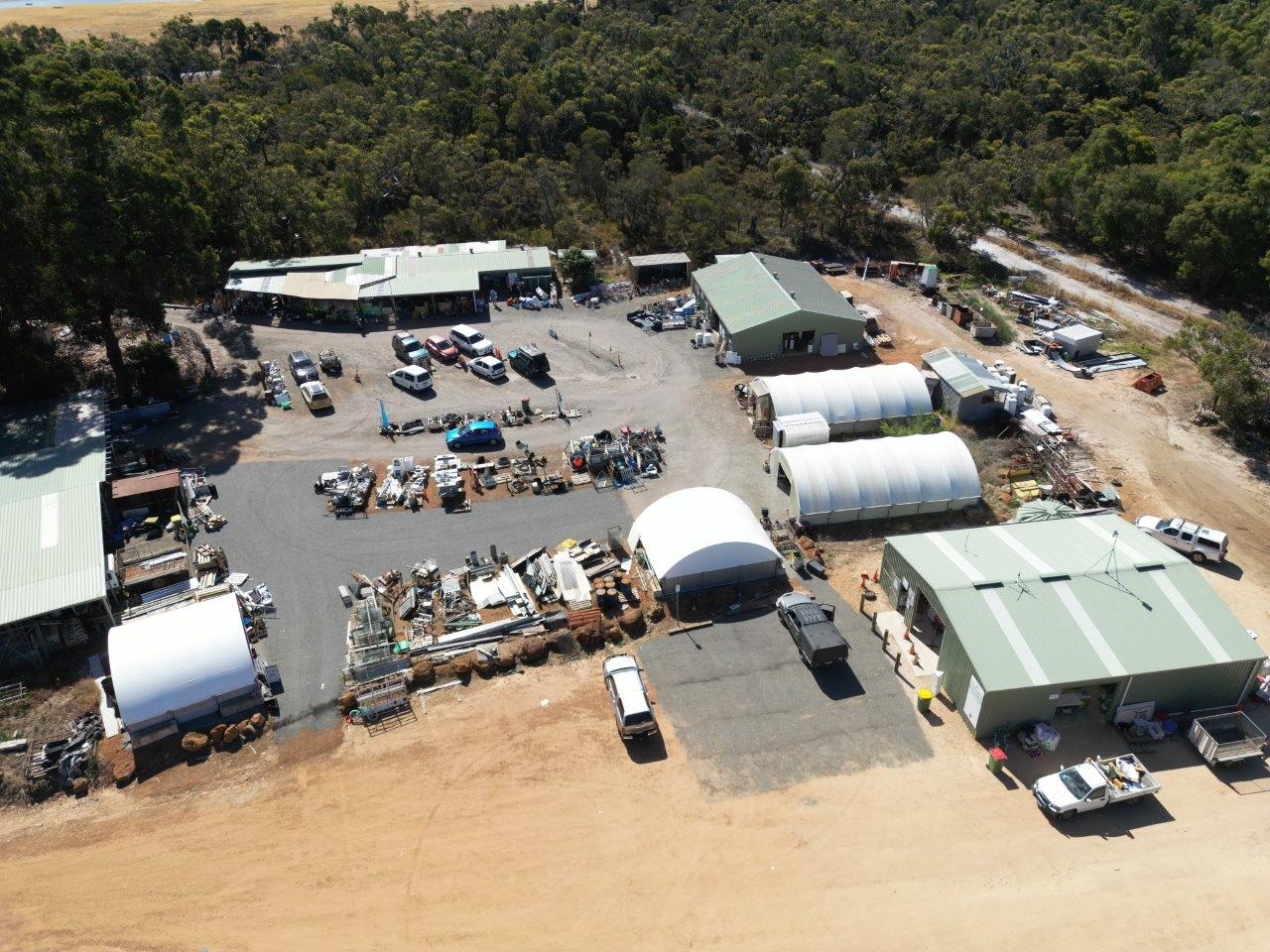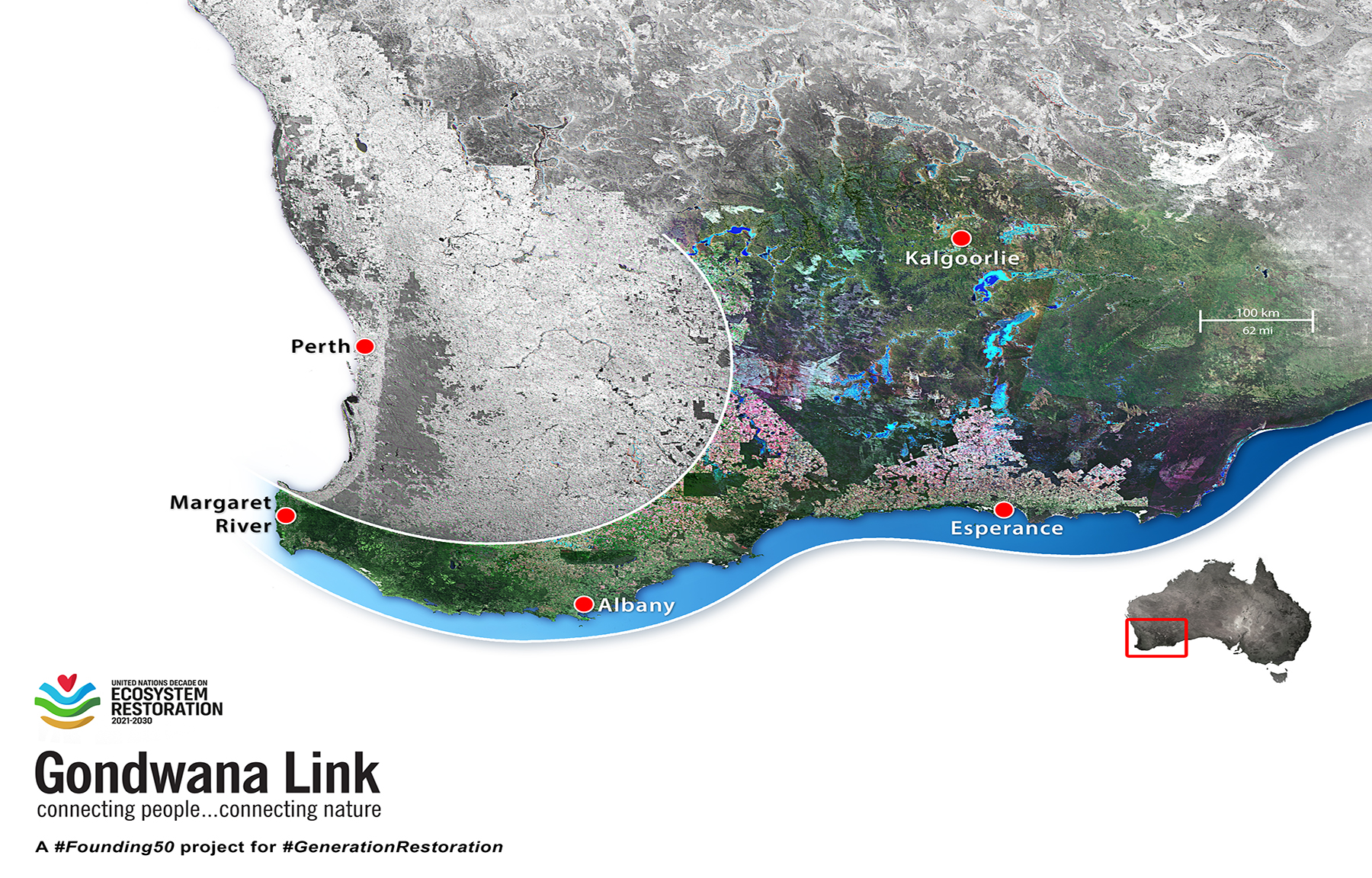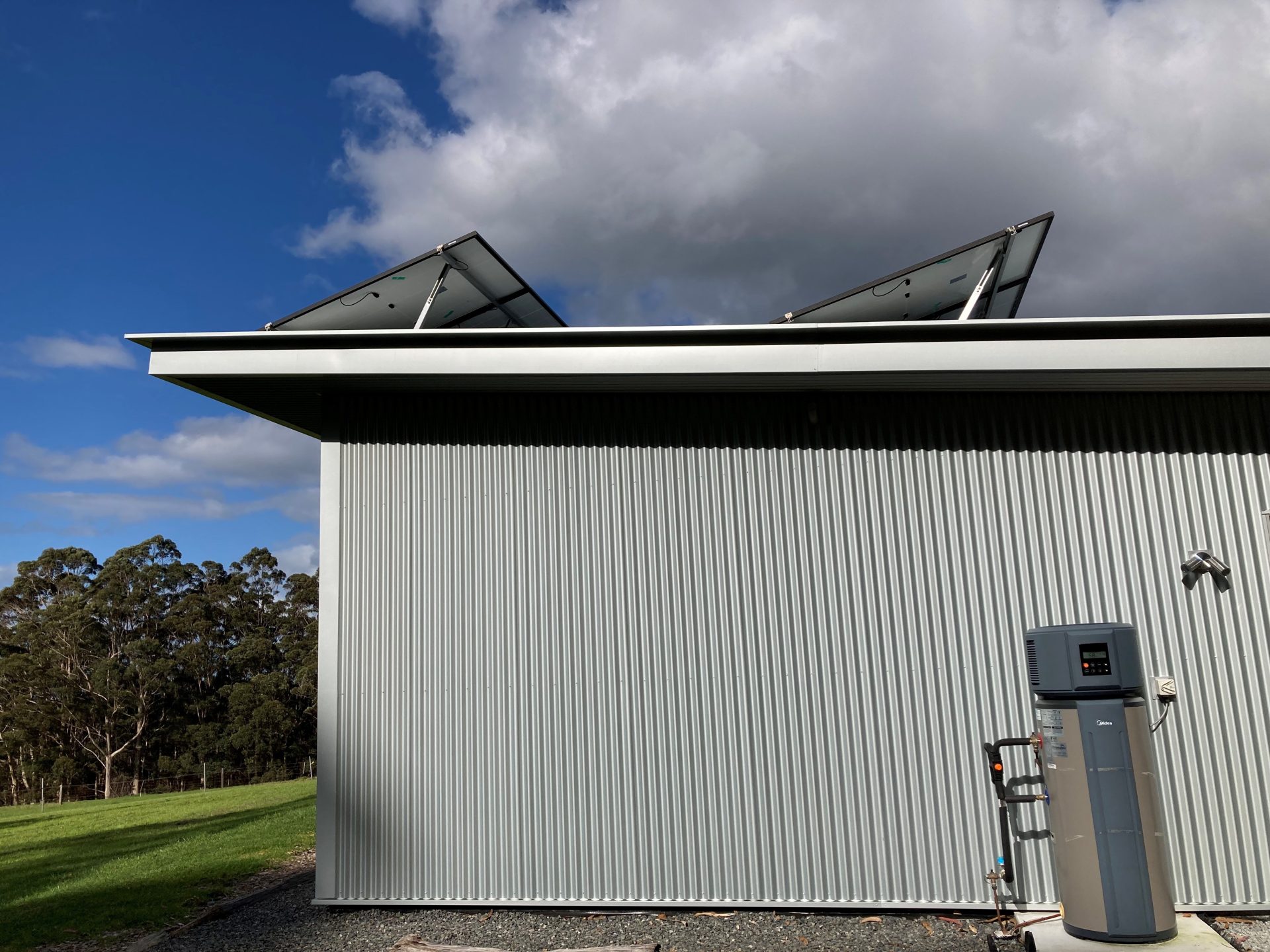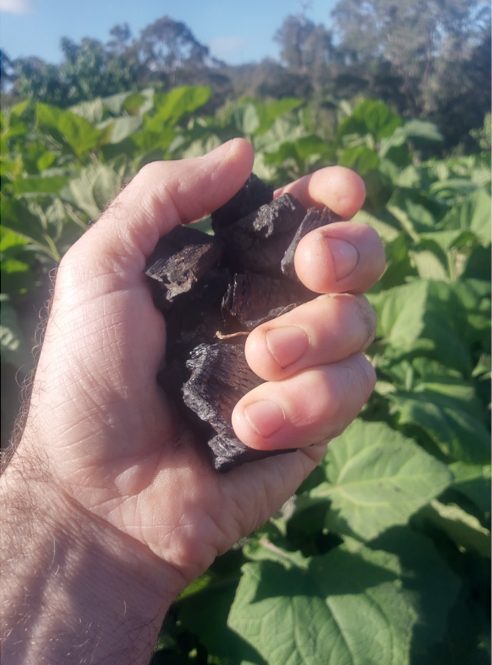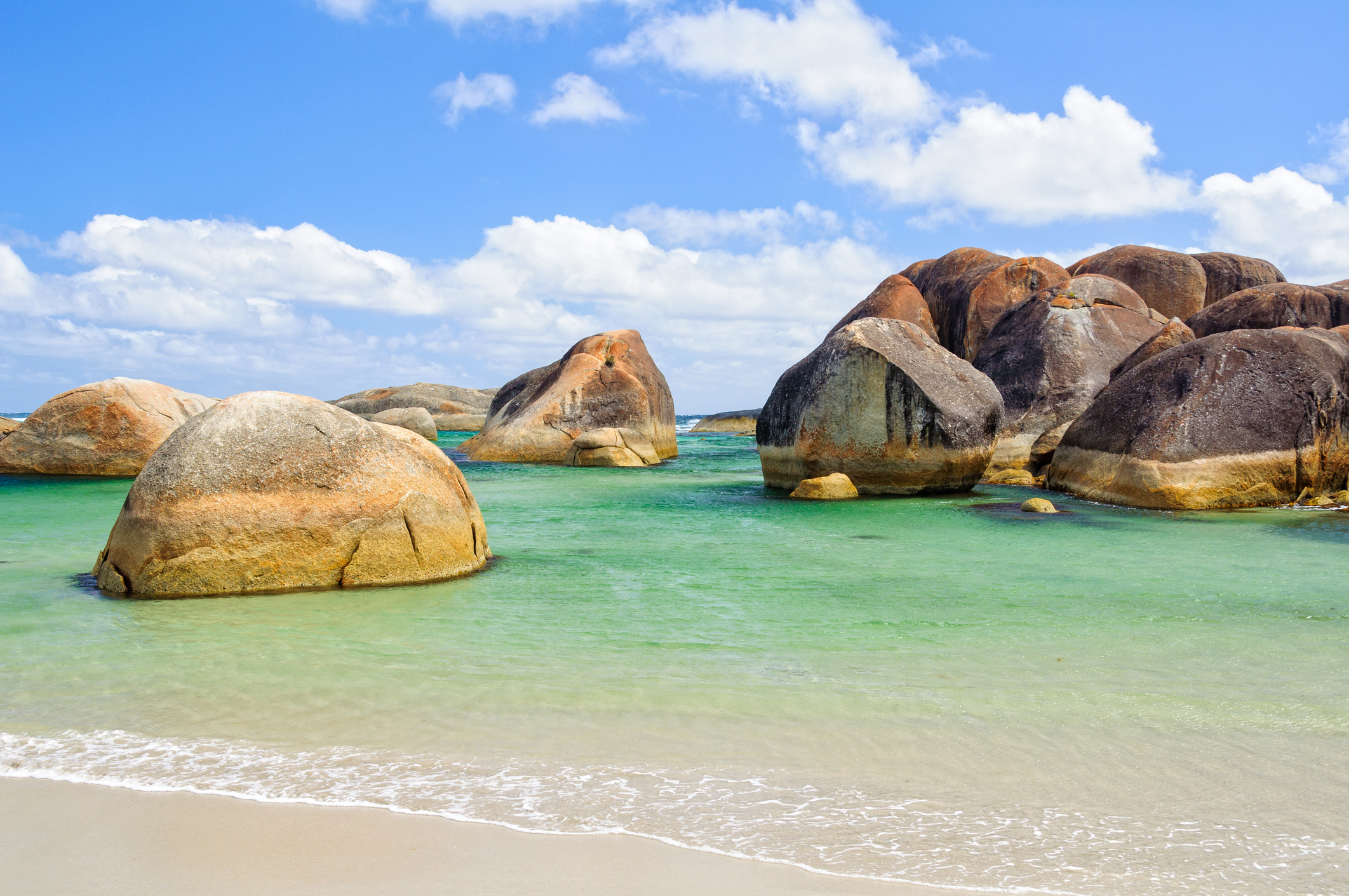
Denmark Community
The Shire of Denmark stretches from the Hay River in the east, to the Frankland River in the west.
The town of Denmark is the administrative centre of the Shire of Denmark. The smaller townships of Peaceful Bay and Nornalup are located to the west of Denmark.
The district was home to the Bibbulmun and Minang Noongar people for thousands of years prior to European settlement. After settlement, Denmark and its nearby communities were built on the timber trade, drawing on karri trees from the Shire’s forests in the late 19th and early 20th centuries.
Today, Denmark’s diverse population boasts a wide range of craft and cultural skills. Cottage industries thrive and the arts community is active, while the tourism and hospitality industry prosper.
With a population of over 6,400 in 2023, and a land area of 1,860 sq km, Denmark contributes $391 million of the Great Southern’s gross regional product. The main employment categories are:
- Agriculture, Forestry and Fishing
- Education and Training
- Accommodation and Food services.
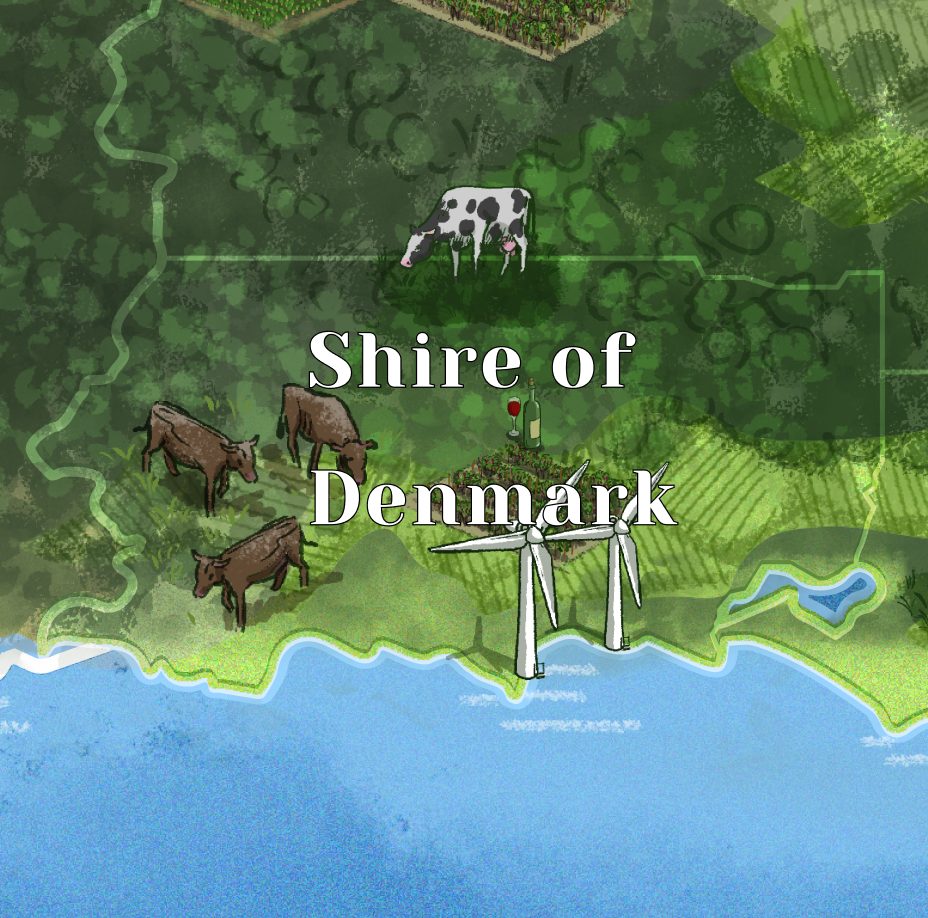
What’s changing in the climate?
My Climate View and Climate Change in Australia, produced by the Bureau of Meteorology and CSIRO, provide local and regional climate change information, including past trends and future projections in temperature and annual and seasonal rainfall. These graphs show changes to temperature and rainfall under a medium emissions scenario.
Maximum temperature: Average decadal temperatures are steadily increasing. Projections indicate that warming will continue, together with a significant increase in hot days.
Rainfall: Historical annual rainfall trends have declined. Future projections anticipate that annual rainfall will continue to decrease, particularly in winter and spring.
Projected Change in Average Summer Temperature for Denmark
The average annual maximum temperature for the Shire of Denmark showing past temperature trends from 1965 and future projections to 2085. Source: MyClimateView, location: Denmark
Projected Change in Annual Rainfall for Denmark
The total annual rainfall for the Shire of Denmark showing the past rainfall from 1965 and future rainfall projections to 2085 Source: MyClimateView, location: Denmark
The current state of emissions
The majority of emissions for the Shire of Denmark come from agricultural livestock and transport, predominantly passenger and commercial vehicles. A small proportion of total emissions come from residential, commercial and industrial electricity use and waste.
Carbon Emissions for Denmark for 2021/22
The carbon emissions for the Shire of Denmark (total = 138,000 tCO₂e, 21/22), divided into emissions source. Hover your cursor over the donut to see what makes up Denmark’s emissions profile. Source: snapshotclimate.com.au
Where we’re heading
If the Denmark community continues on it’s current activity trajectory, Business as Usual emissions are expected to trend upwards over the coming years, increasing by a further 15% leading up to 2050. The factors driving upward trends include a projected increase in economic activity for the region and some population growth, most notably associated with transport.
There will be a few downward drivers over this period, including the greening of the electricity grid and the adoption of renewable energy and other efficiency technologies.
Projected Carbon Emissions for Denmark
The carbon emissions projection from 2022 to 2050 for the Shire of Denmark, separated by sector. Hover your cursor over the bars to see what is projected to make up Denmark’s emissions profile by sector each year. Source: South Coast Alliance Regional Net Zero Plan – Ironbark Sustainability 2022
Opportunities for action
There are many actions that the community can take to influence the amount of carbon emissions. These local actions vary from installing solar PV systems, to driving more efficient cars, to changes in agricultural practices that reduce fertiliser use. The collective impact of these actions could be substantial – by 2050 they may reduce community emissions by over 75%.
To better understand these actions and what options you can take yourself, delve into the actions below.
Projected Emissions for Business as Usual vs Action for Denmark
Two possible scenarios for emissions in the Shire of Denmark from 2022 to 2050. The red line indicates the projected emissions if the community were to continue Business as Usual. The green line shows the potential reduction in emissions if all actions on this website are implemented. Source: South Coast Alliance Regional Net Zero Plan – Ironbark Sustainability 2022
Explore by Sector
We’ve grouped the actions that people in the community can take into “sectors”. You may be interested in more than one sector – for example your household and your small business.
Some sectors can be significantly impacted by the collective actions of individuals, for others the action might be more about education or advocacy.
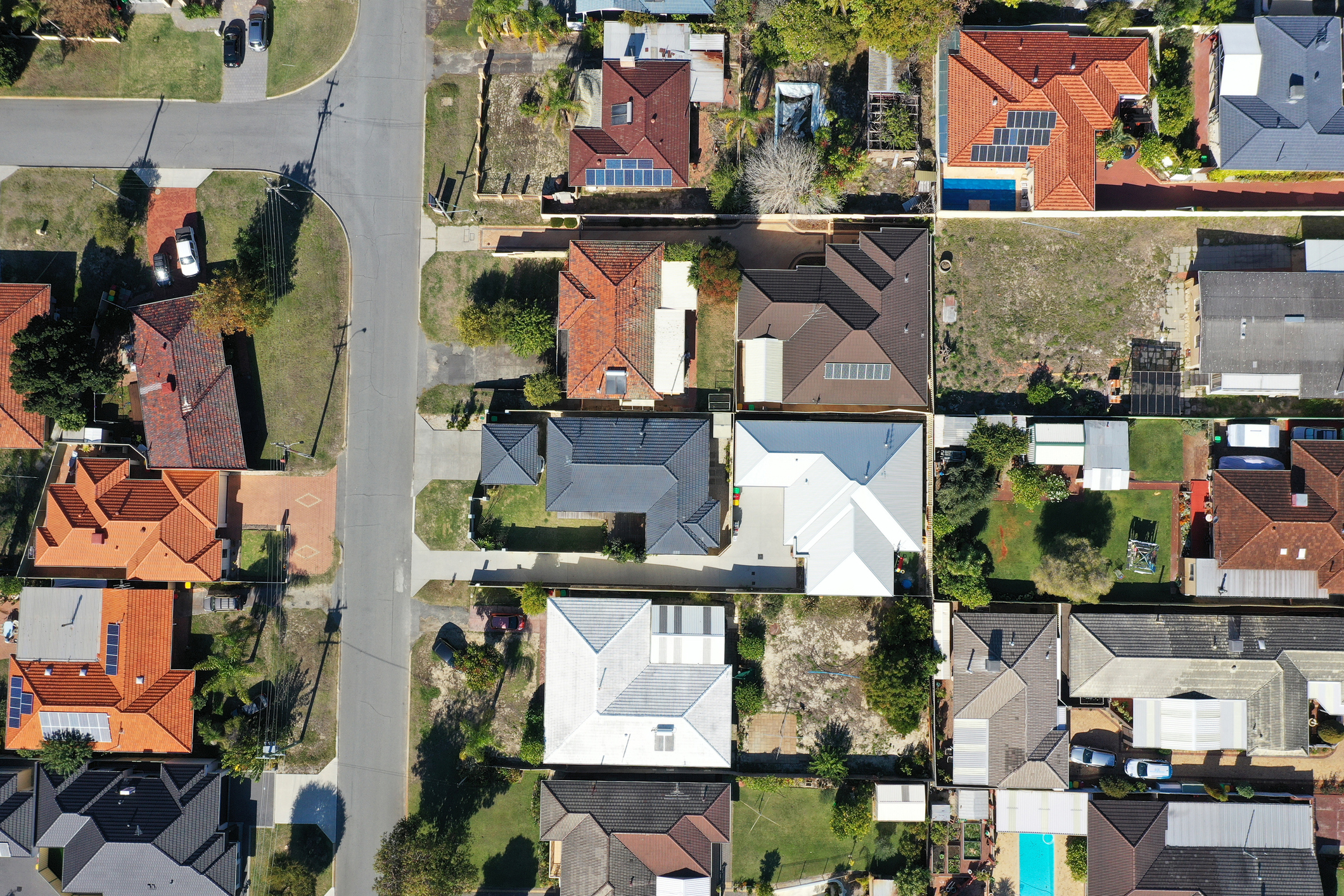
Households
Denmark has a small residential population, most of whom live across four town sites of Denmark, Peaceful Bay, Bow Bridge and Nornalup.
Households are mostly stand-alone houses, with a lower occupancy rate than the state average, with an average of 2.2 people per dwelling.

Small Businesses
Commercial emissions make up about small fraction of Denmark’s emissions. There are several small businesses in the retail trade, education and services areas that could benefit from taking action to reduce emissions by swapping to renewable energy sources.
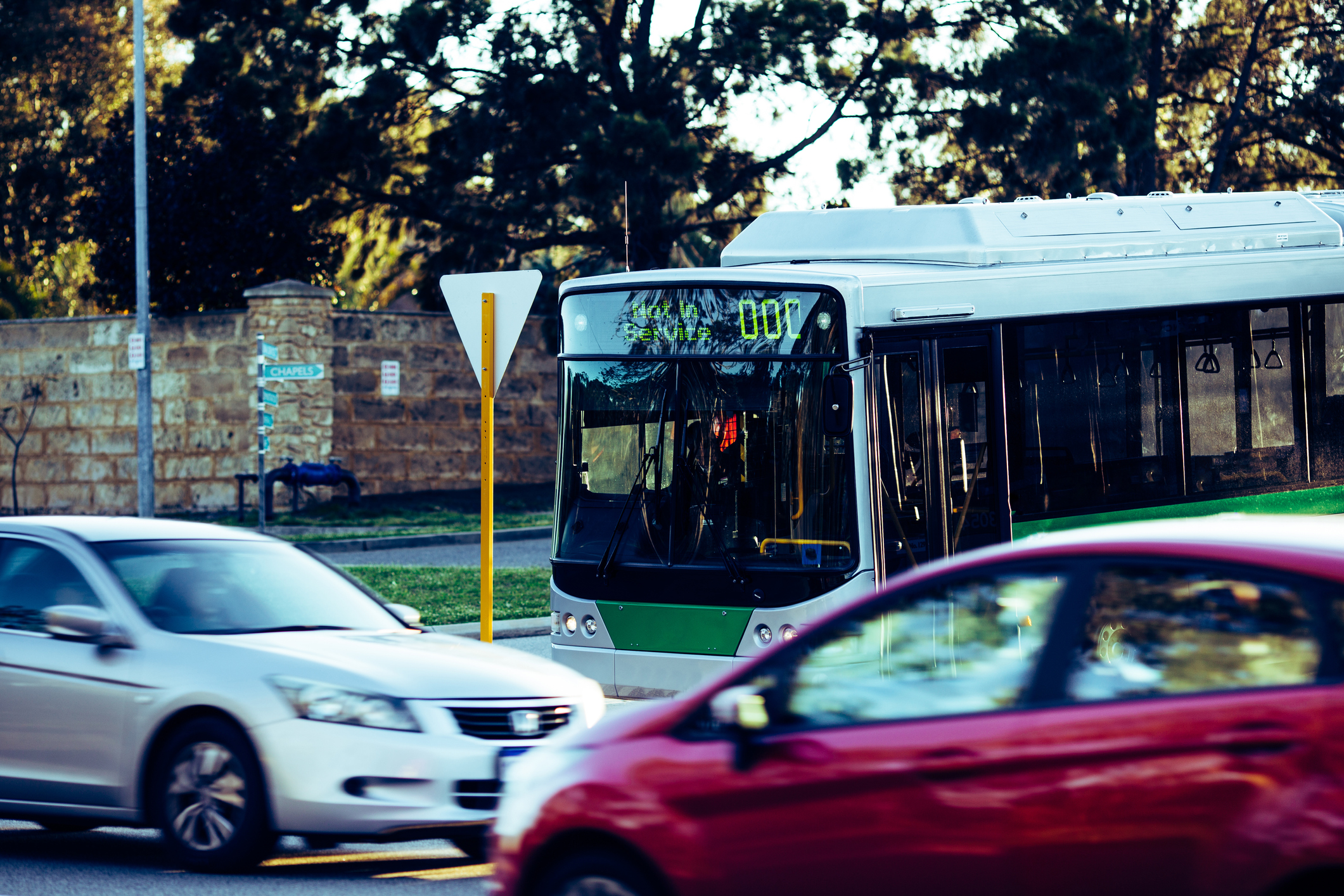
Transport
Transport emissions make up about one third of the emissions of Denmark, predominantly from personal car use.
Changes to how people get around will be needed to reduce emissions in this area, including swapping to electric vehicles and more active modes of transport.
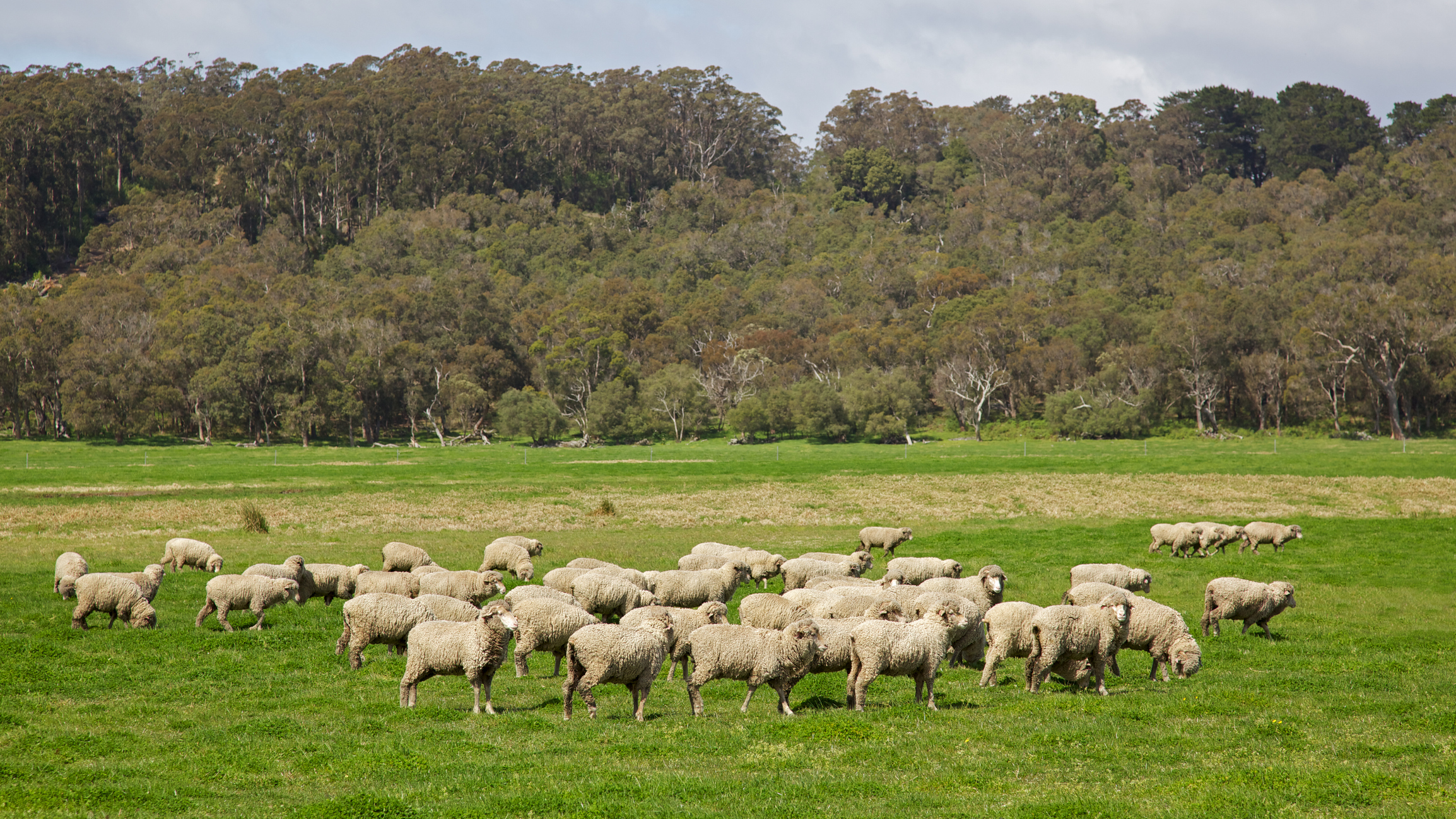
Agriculture
Agricultural emissions make up the majority of the total emissions in Denmark and come mostly from sheep and beef and dairy cattle.
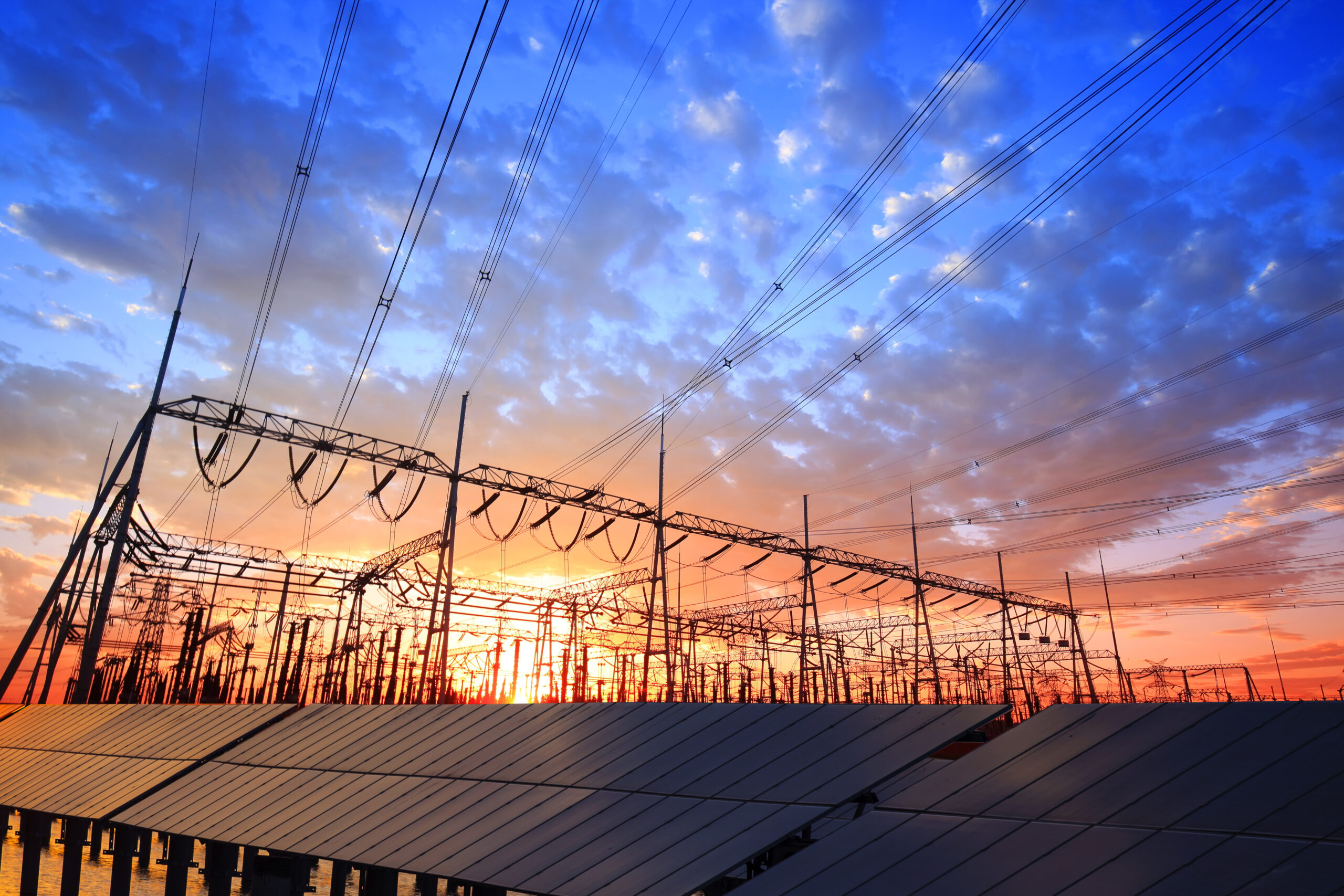
Industry & Grid
A small proportion of Denmark’s municipal electricity emissions come from Industry.
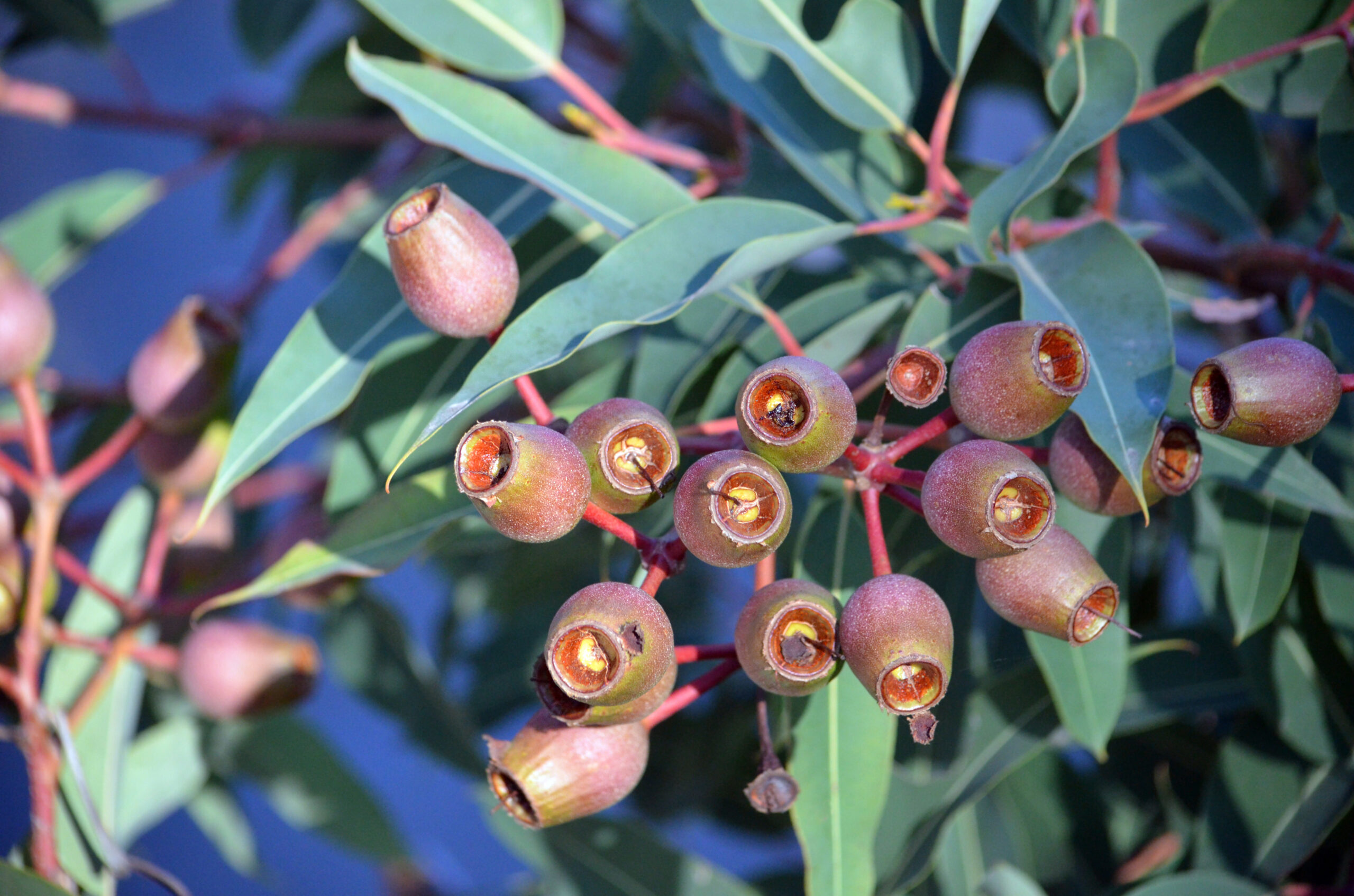
Land Use & Ecosystems
The Land Use and Ecosystem sector concerns changes to emissions based on the loss or gain of vegetation, and to ecosystem health more generally.
Revegetating degraded land and waters can reduce emissions, increase biodiversity, and support healthier communities.
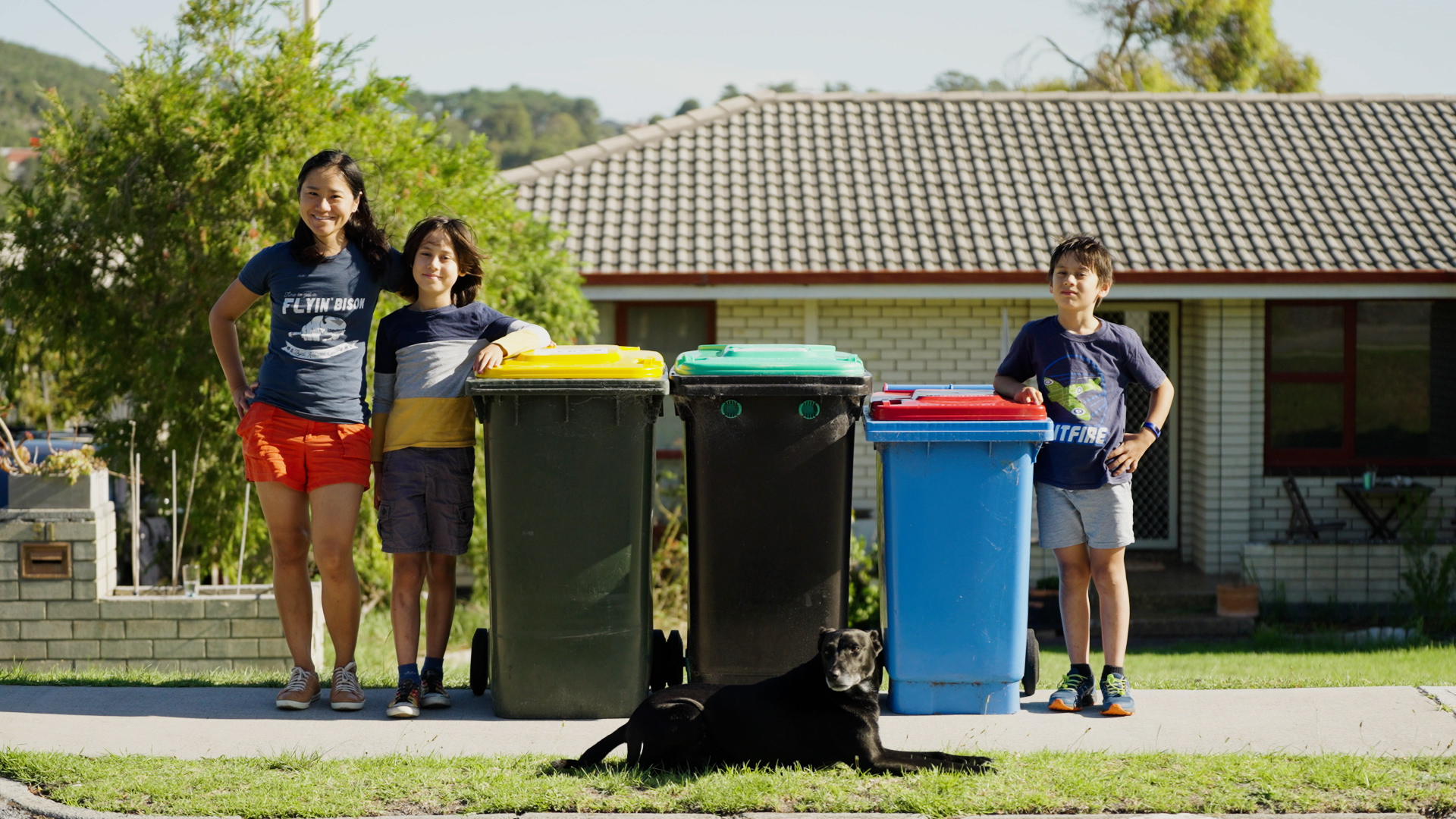
Waste Management
Landfill makes only a small contribution to Denmark’s emissions.
Better management of organic and other waste from our homes and businesses can have numerous benefits for the health of our gardens and paddocks, sustainability of our supply chains, and associated waste management costs.
Who’s taking action in the region?
Regional Success Stories
-
Hybrid Living: The Mitchell’s Path to a Greener Future

Join the Mitchell’s as they transform their home into an energy-efficient space and explore the possibilities of minimal grid dependence and reducing their carbon pollution to as close to zero as possible. What started as a commitment to environmental responsibility has blossomed into an inspiring case study of energy efficiency and sustainable living. Read the…
-
Denmark Tip Shop

The Denmark Tip Shop and Re-Use Centre, operated by Green Skills, stands as a thriving community hub dedicated to reusing, recycling, and fostering sustainable living. This case study explores the multifaceted approach adopted by the Tip Shop, demonstrating its not just a waste management solution but a driving force guiding the community toward sustainable choices…
-
Gondwana Link’s 1000 Kilometres of Hope

Gondwana Link’s 1000 Kilometres of Hope. Embark on a transformative journey with Gondwana Link as they restore 1000 kilometres of vital habitats in south-western Australia. Discover how their innovative approach, leveraging international support and strategic conservation, is fostering biodiversity, ecological resilience, and community impact in the face of climate change. Read the case study here…
-
Mike and Abbe’s Off Grid Journey

Join Mike and Abbe on their inspiring off-grid journey. Faced with high grid connection costs, they explored an eco-friendly and financially viable alternative. Their story showcases the rewards of informed decision-making, achieving energy independence, and a profound connection to sustainable living. Read the case study here (PDF).
-
Totally Renewable Denmark

Denmark’s Journey to Total Renewability: A Case Study of Totally Renewable Denmark. From overcoming blackouts to becoming a renewable energy leader, Totally Renewable Denmark’s community-driven energy initiatives showcase the transformative power of determination, innovation, and collaboration for a sustainable future. Read the case study here (PDF).
-
From Green Waste to Net Zero

From Green Waste to Net Zero explores Wilson Inlet Catchment Committee (WICC) initiative to tackle the pressing challenge of managing escalating volumes of green waste, plastics, and high-nutrient wastewater in Western Australia. Partnering with key stakeholders, WICC explores an innovative solution centered around pyrolysis technology. Discover how this approach could not only address waste management…
